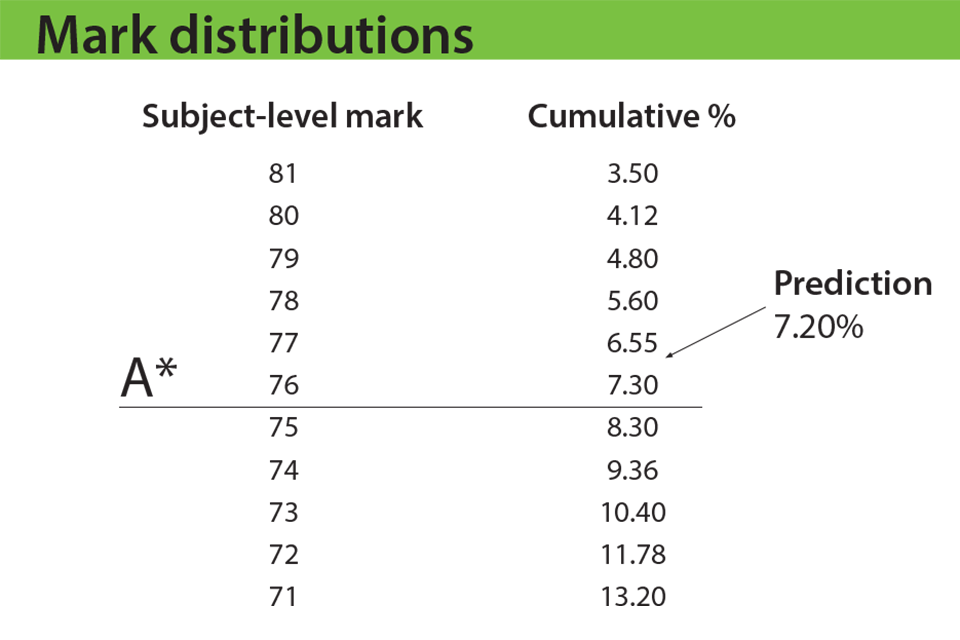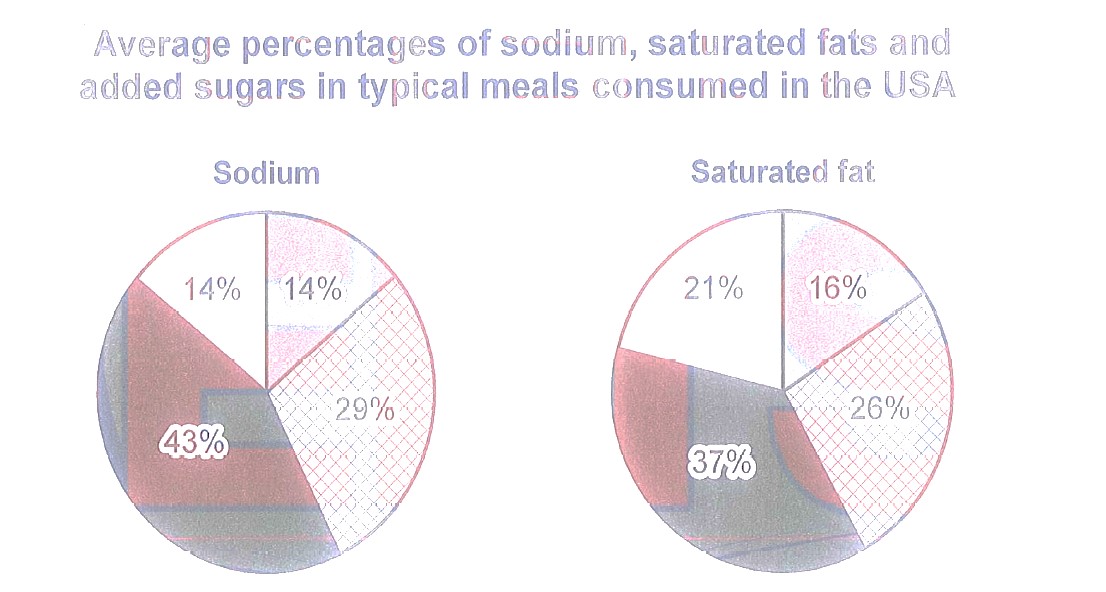

HARMEAN: Calculates the harmonic mean of a dataset.

LARGE: Returns the nth largest element from a data set, where n is user-defined. MAXA: Returns the maximum numeric value in a dataset. The number of data points is provided as a percentage. TRIMMEAN works by first excluding values from the top and bottom of a data set, then calculating mean. Solution: The average (mean) is equal to the sum of all the data values divided by the count of values in the data set. The number of percentages may be two or even more, it actually depends on the dataset. The number of data points to exclude is provided as a percentage. The average percentage is basically the mean value of percentages. MEDIAN: Returns the median value in a numeric dataset. The Excel TRIMMEAN function calculates mean (average) while excluding outliers. MIN: Returns the minimum value in a numeric dataset. MINA: Returns the minimum numeric value in a dataset. PERCENTILE: Returns the value at a given percentile of a dataset. PERCENTRANK: Returns the percentage rank (percentile) of a specified value in a dataset. QUARTILE: Returns a value nearest to a specified quartile of a dataset. RANK: Returns the rank of a specified value in a dataset. SMALL: Returns the nth smallest element from a data set, where n is user-defined. TRIMMEAN: Calculates the mean of a dataset excluding some proportion of data from the high and low ends of the dataset. To have text values considered as 0 values, use AVERAGEA.ĪVERAGE returns the mean of the combined value arguments that is, the sum of the values in the value arguments divided by the number of such values. Can I simply average the percentages In this case the average for up weeks is (5+10+15+20)/4 12.5 and down weeks is (20+10+5)/3 11.67.

Mean: The 'average' number found by adding all data points and dividing by the number of data points. They each try to summarize a dataset with a single number to represent a 'typical' data point from the dataset. For example, if there are 100,000 children and 100,000 adults surveyed, as shown below. Mean, median, and mode are different measures of center in a numerical data set. This occurs when the sample size in both groups are the same. Since the numbers represented by each percentage can be. Additional values or ranges to consider when calculating the average value.Īlthough AVERAGE is specified as taking a maximum of 30 arguments, Google Sheets supports an arbitrary number of arguments for this function.Īny text encountered in the value arguments will be ignored. As previously mentioned, there is one exception where the average of percentages agrees with the accurate percentage calculation. Unlike other numbers, averaging of percentages is rarely a matter of adding and then dividing them. Value1 - The first value or range to consider when calculating the average value. See all allowable formats in the table below.The AVERAGE function returns the numerical average value in a dataset, ignoring text. Or copy and paste lines of data from spreadsheets or text documents. Workers in the Akron, OH Metropolitan Statistical Area had an average (mean) hourly wage of 27. Enter values separated by commas or spaces. Use this calculator to find the average or mean of a data set. X̄ of a data set is the sum of all of the data values divided by the count or size In mathematics, a percentage (from Latin per centum 'by a hundred') is a number or ratio expressed as a fraction of 100. On the other hand, percentage is a way to. For example, the average of 10, 20, 30 is 20. Add up all of the values to get the sum It is calculated by summing the values and dividing by the count.Count the number of values in your data set.They tell us what is the most typical number in a data set, or which number best represents all the numbers in the data set. Mean is the average of the numbers, where you can add up all the numbers and then divide by the number of data points. Average is the Same as MeanĪverage and mean are measures of central tendency. We can sum the values using their percentage value (like 25), or their decimal value (like 0. In your example, the arithmetic (regular) mean over all 7 weeks is 1.05 (assuming you add a one to each value). Instead, you'll do different kind of averaging. Find the average or mean by adding up all the numbers and dividing by how many numbers are in the set. The average is the sum of the values divided by the count. When dealing with percentages like this, you wouldn't simply take an 'arithmetic' average as the result wouldn't be meaningful. In statistics the mean of a set of numbers is the average value of those numbers. Calculator Use What is Average? What is the Mean?


 0 kommentar(er)
0 kommentar(er)
